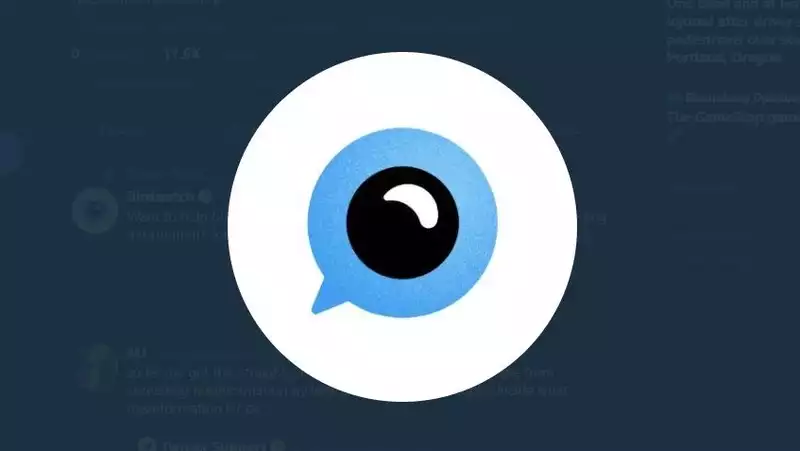Twitter has turned to its own users as a new resource to combat the spread of false information on its platform. The social media giant has unveiled Birdwatch, a crowdsourced fact-checking scheme that allows authenticated users to flag tweets as false or misleading.
Birdwatch has been privately piloted for some time, but these users (who serve as moderators) can also discuss flagged tweets in a separate section of the site and add details of factual issues to their tweets. The first full-scale pilot project will be launched shortly.
The project is Twitter's latest move in its ongoing attempt to prevent the spread of potentially harmful disinformation and misinformation in the Twitter realm, a problem significantly exacerbated by the 2020 COVID-19 pandemic and the US presidential election.
Twitter has previously taken unilateral steps to apply content warnings to misleading tweets, including those from former President Donald Trump, and to ban tens of thousands of accounts believed to be involved in an organized disinformation campaign. Birdwatch is the first time Twitter has involved other users in this effort.
While the initial number of Birdwatch users is small, anyone with a verifiable email and phone number from a reliable U.S. carrier can apply to participate in the pilot. A note about flagged tweets will also be visible only to other Birdwatch users for the time being (currently not shown in this public example).
According to the Twitter blog, this visible, community-driven approach seems to have been effective in building trust in the system. While the full rollout of Birdwatch is still some time away, it is clearly intended to be a more transparent alternative to the company's own top-down fact-checking, similar to how sites like Wikipedia and Reddit are moderated.
This will require a degree of self-moderation to prevent Birdwatch users from misinterpreting truthful tweets as misleading. This explains why Twitter allows users to apply for the program and makes Birdwatch discussions publicly viewable.
Twitter, while recognizing the potential drawbacks, seems open to trying such a new approach. In a blog post, Vice President of Product Keith Coleman said, "We know this can be tricky and at times problematic, but we're willing to try anything."










Comments